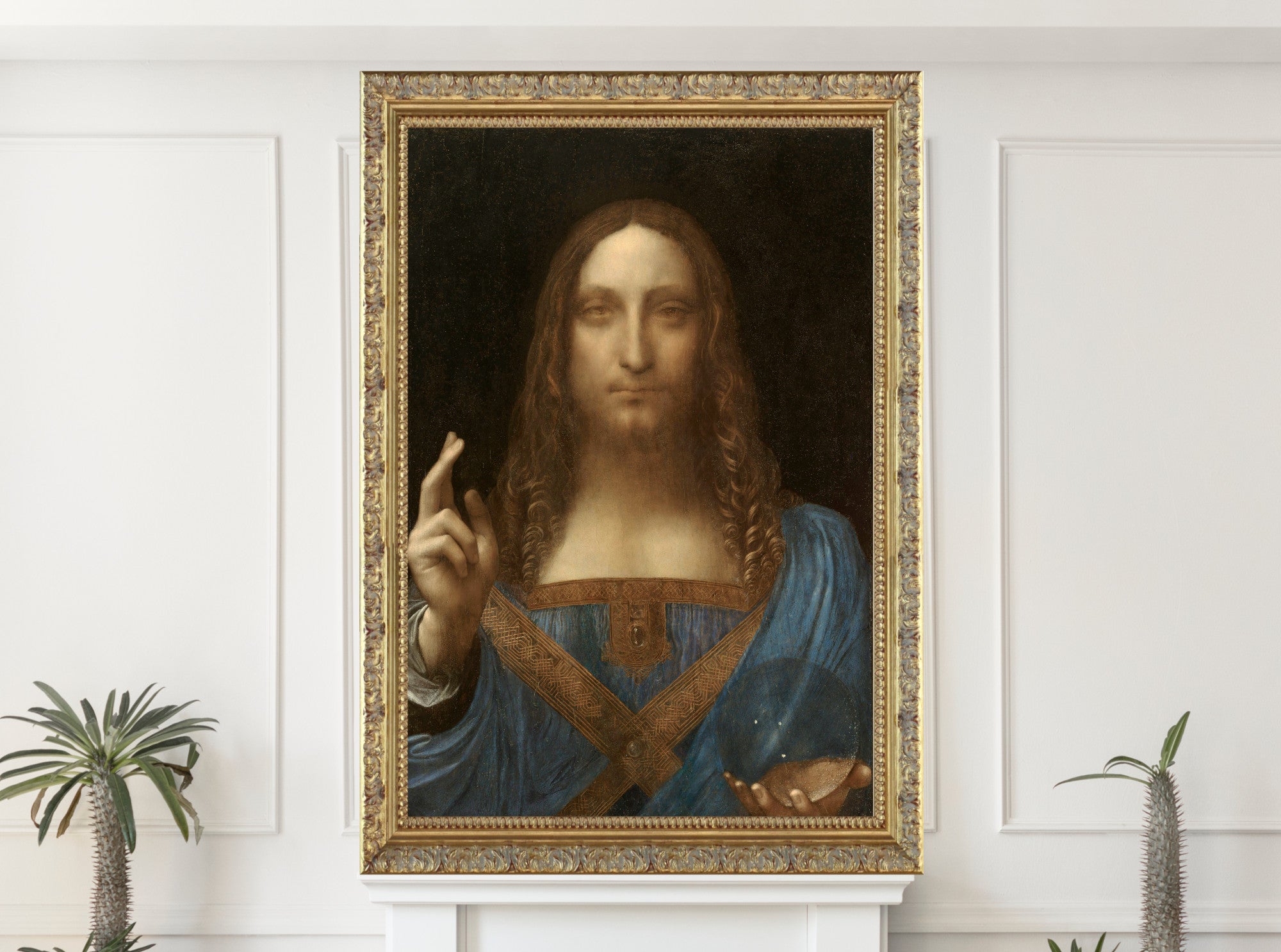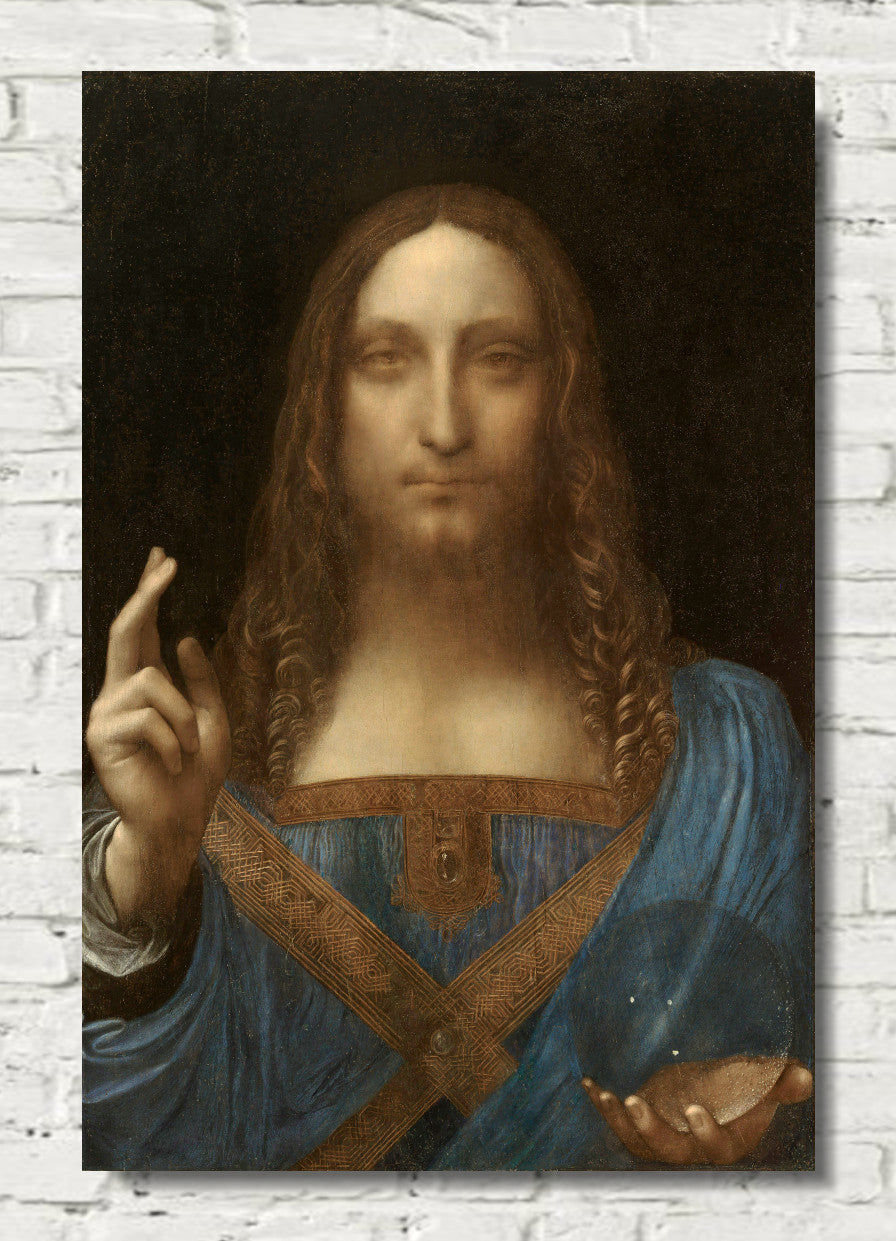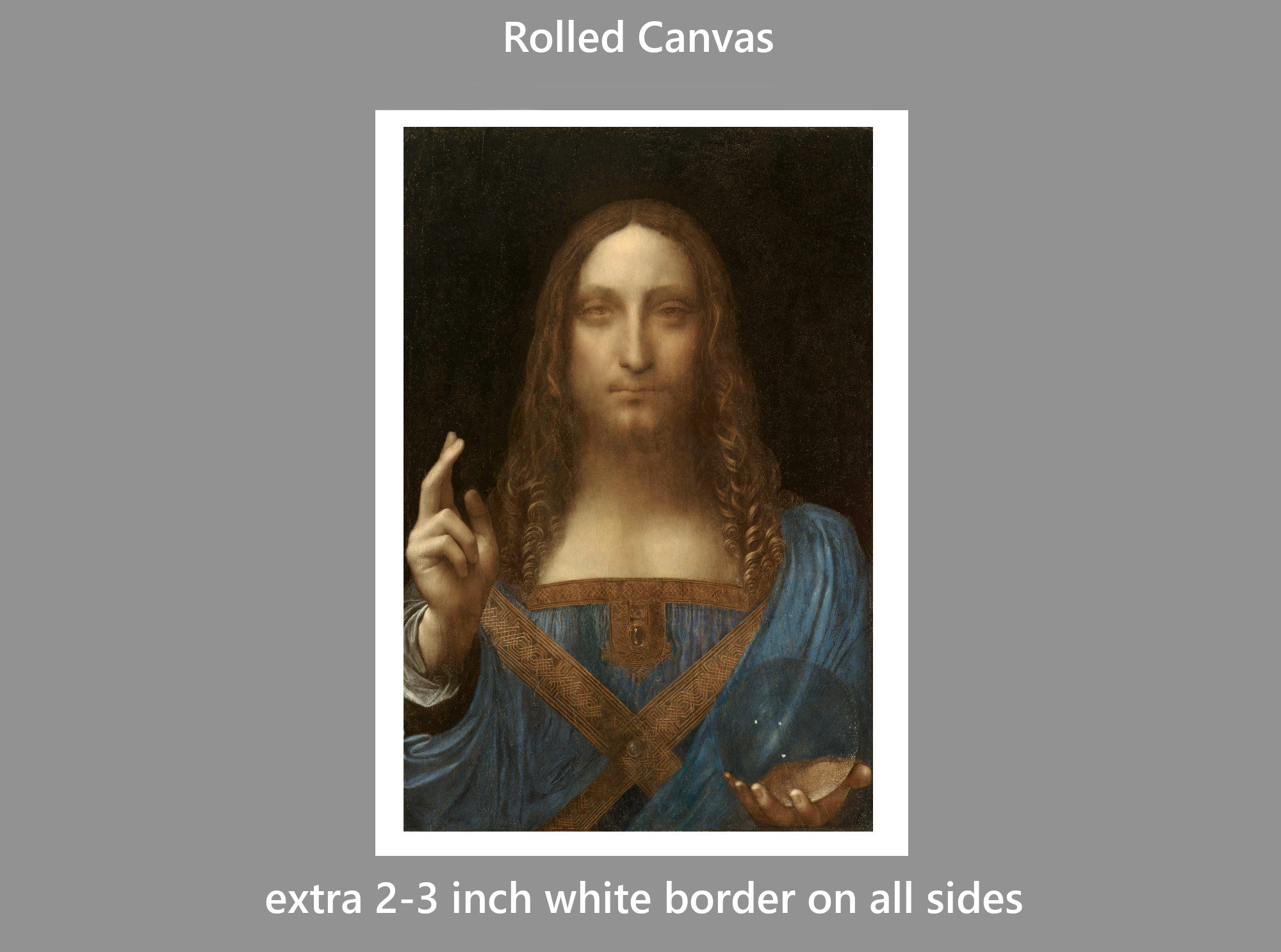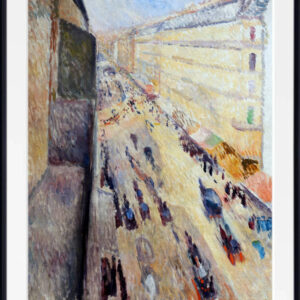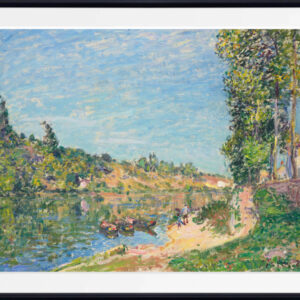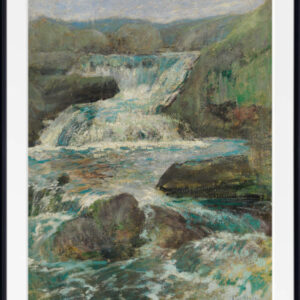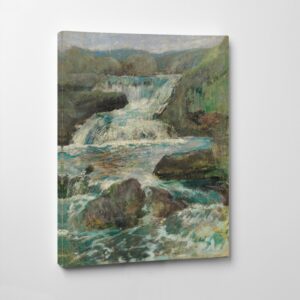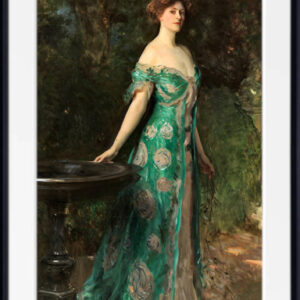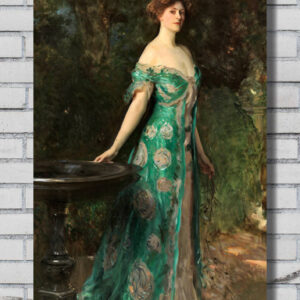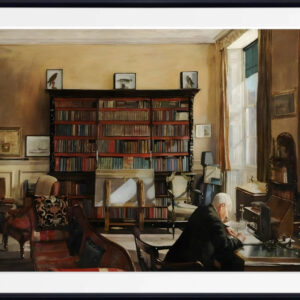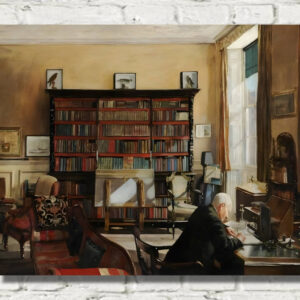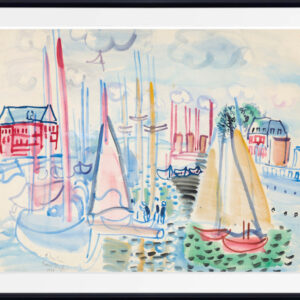Leonardo da Vinci, Salvator Mundi (c.1500)
🎨 Attribution to Leonardo: Salvator Mundi is a painting attributed to Leonardo da Vinci, dated to c. 1499–1510. Its authenticity as an original work by Leonardo is disputed among scholars.
💰 Record Auction Sale: The painting was sold at auction for a record-breaking US$450.3 million in 2017 by Christie’s in New York, making it the most expensive painting ever sold at public auction.
🖼️ Description of the Painting: The artwork depicts Jesus Christ in a blue Renaissance dress, making the sign of the cross with his right hand and holding a transparent crystal orb in his left, representing the celestial sphere.
🔄 Rediscovery and Restoration: Initially thought to be a lost original, the painting was rediscovered, restored, and exhibited at the National Gallery, London, in 2011–2012. Restoration efforts raised debates about its authenticity.
🌐 Current Ownership and Location: The painting was acquired by Prince Badr bin Abdullah Al Saud and reportedly is in storage in Saudi Arabia, awaiting a museum and cultural center completion in Al-‘Ula, expected in 2024.
🕰️ Historical Context: The creation date is debated, with various art historians suggesting different periods, and potential patrons include Isabella d’Este, Duchess of Milan, Louis XII of France, and others.
📚 Copies and Variations: Approximately thirty copies and variations of Salvator Mundi exist, created by Leonardo’s pupils and followers. The painting’s iconography has origins in Byzantine art and evolved in Northern Europe before reaching Italy.
🔍 In-depth Analysis: The attribution to Leonardo was supported by detailed analysis, including the examination of color transitions, pentimenti, sfumato effects, and consistency with Leonardo’s style, materials, and techniques. The celestial sphere’s portrayal raised discussions about its accuracy and symbolic interpretation.
All prints are made using archival art stocks and UV pigment inks to give up to 200 years life. Prints are sold unframed and unmounted.


